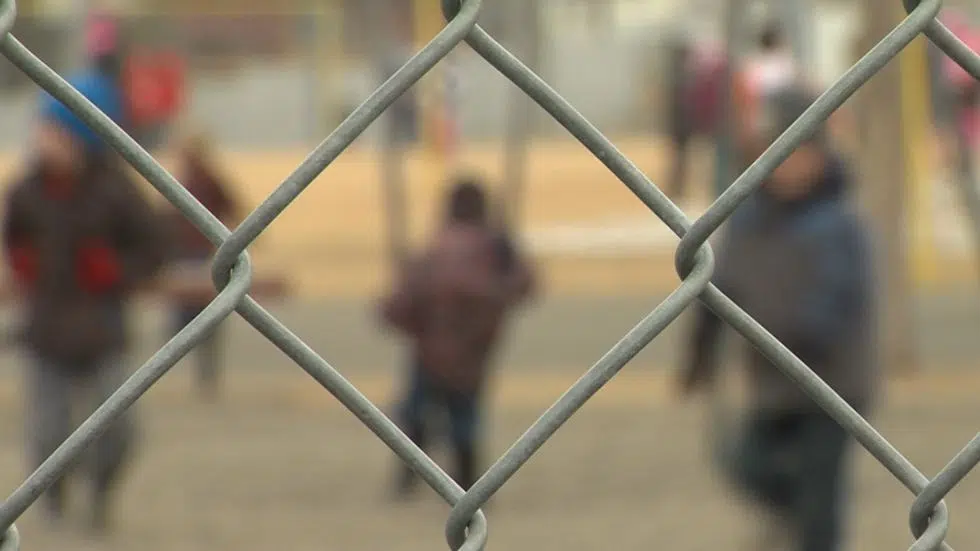
Kamloops advocates working to address child poverty
KAMLOOPS — The BC Child and Youth Advocacy Coalition has released its 2016 B.C. Child Poverty Report Card.
The report is based off of 2014 data from Statistics Canada, which shows 19.8 per cent, or one in five, children from zero to 17-years-old live in poverty.
While the statistics are two years old, the issue of child poverty doesn’t appear to be going away in Kamloops, and support providers are taking notice.


